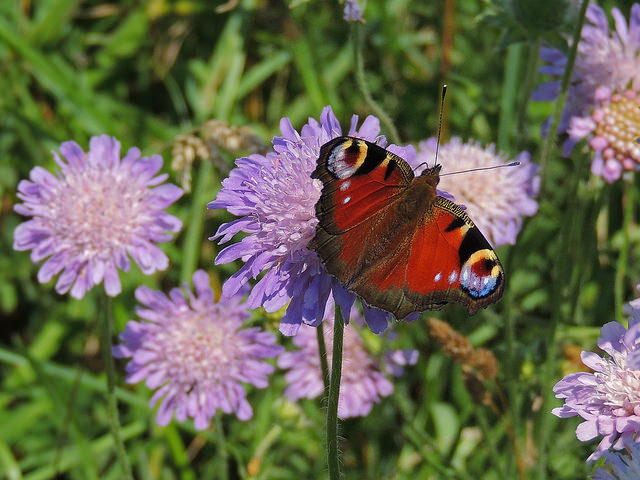We are pleased to welcome this guest contribution from Trees Robijns, Agriculture and Bioenergy Policy Officer, NABU (BirdLife in Germany) and Ariel Brunner, Senior Head of Policy, BirdLife Europe and Central Asia, who react to the Commission legislation proposals on the Common Agricultural Policy post 2020 published earlier today.
We have seen it all before: CAP reform. The same old CAP reform. To many of us following the process in detail, we are always in the run up to, in the middle of, or in the aftermath of a CAP reform. It feels like a never ending story of small incremental steps which, only to the absolute “uber-CAP-nerd”, lead in a clear direction.… Read the rest
The CAP and biodiversity
Two weeks ago I gave a talk at a biodiversity conference organised by Teagasc, the Irish Agriculture and Food Development Authority. The proceedings of this conference can be downloaded here. The title for my talk was ‘Could European agricultural policy do more to promote biodiversity?‘ In today’s edition of the Irish Farming Independent I have a short article which summarizes the talk. I reproduce the article below and also the presentation accompanying the talk.
***********************************************************************************
The 2013 CAP reform had three overall objectives: viable food production; sustainable management of natural resources and climate action; and balanced territorial development.… Read the rest
What biodiversity benefits can we expect from EFAs?
The recent release by the Commission of its Mid-Term Review of the EU’s 2020 Biodiversity Strategy makes for sorry reading when it comes to Target 3 “To increase the contribution of agriculture and forestry to maintaining and enhancing biodiversity..”. Specifically, Target 3A dealing with agriculture had the following objective:
… Read the restBy 2020, maximise areas under agriculture across grasslands, arable land and permanent crops that are covered by biodiversity-related measures under the CAP so as to ensure the conservation of biodiversity and to bring about a measurable improvement in the conservation status of species and habitats that depend on or are affected by agriculture and in the provision of ecosystem services as compared to the EU 2010 Baseline, thus contributing to enhance sustainable management.
The 2013 CAP reform and biodiversity
A recent paper in Science (unfortunately, behind a paywall unless you have access through a library or individual subscription) written by 21 authors from across Europe provides a very timely review of the impact of the recent CAP reform from the perspective how it addresses the EU’s biodiversity commitments. UPDATE There is a short summary by one of the authors here.
The EU’s overall objective in its Biodiversity Strategy for 2020 agreed in 2011 is to halt the loss of diversity and to restore degraded ecosystems. Specifically, Target 3A is to “maximise areas […] covered by biodiversity-related measures under the CAP”.… Read the rest
Further thoughts on CAP greening
Kaley Hart (of the IEEP) and Jonathan Little (on secondment to the European Parliament’s secretariat) have just published a paper which provides a useful summary of the first round of the CAP greening debate over the past 12 months. They argue that, in relation to the individual greening measures, each has a range of potential benefits as well as a set of issues which may serve to constrain this potential. They note that the perceived added cost and bureaucracy involved with green direct payments has been a common theme of the public debates within the Agriculture Council.
The second part of their paper compares the relative merits of different alternative options to the Commission’s proposals.… Read the rest
The cost of flat-rate agri-environmental measures
The Commission’s proposals to require shallow, one-size-fits-all, green measures across the EU as a whole in return for a green payment in Pillar 1 have been widely criticised as overly prescriptive, yielding limited environmental benefits (‘greenwash’), administratively complicated for member states and unnecessarily costly in terms of the trade-off with food production.
I reviewed these criticisms in a recent note for the European Parliament’s COMAGRI (link to appear when the note is published shortly). In the note I favoured a continuation of the past CAP reform trajectory in which a larger share of the CAP budget would be shifted to Pillar 2 in order to allow more ambitious and targeted agri-environmental measures (AEM).… Read the rest




